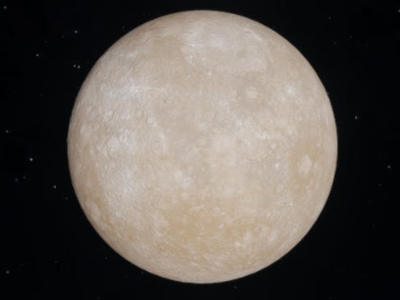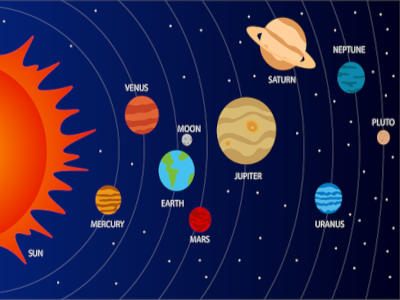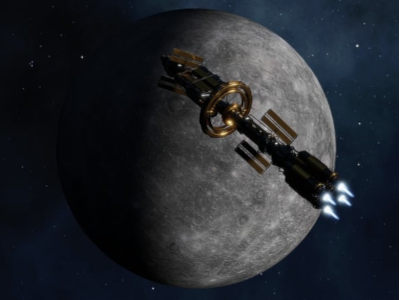Mercury is the closest planet to the sun. It is slightly larger than Earth’s moon and has many craters. Mercury has long been known to humans, as the planet is visible to the unaided eye. The Sumerians mentioned this planet as early as 2000 BC, and the Babylonians called it Nabu. The Romans named it after their fast messenger god, Mercury. Astronomers Galileo Galilei and Thomas Harriot observed the planet through a telescope in 1631. Since NASA’s Mariner 10 spacecraft visited in 1974, scientists have been fascinated by this small planet. This article contains five interesting facts about mercury.

Mercury experiences the largest temperature fluctuations in the solar system.
Despite its proximity to the sun, Mercury’s surface can become extremely cold due to its lack of an atmosphere that traps heat. During the day, temperatures can reach a scorching 800 degrees Fahrenheit (430 degrees Celsius). However, at night, temperatures can drop as low as minus 290 °F (minus 180 °C). This drastic fluctuation results in a temperature swing of about 1,100 °F (600 °C), which is the highest among all the planets in our solar system.
The colossal iron core of Mercury has perplexed scientists for a long time.
Mercury boasts an immense metallic core that spans approximately 2,200 to 2,400 miles (3,600 to 3,800 km) in width, constituting about 75% of the planet’s diameter. To provide some context, the outer shell of Mercury is merely 300 to 400 miles (500 to 600 km) thick. This vast core contains a greater amount of iron than any other planet in our solar system. The formation of this extraordinary core and the reason behind its extraordinary size remain uncertain to scientists.
The surface of Mercury is covered with numerous craters.
Despite its relatively small size, Mercury possesses a magnetic field. This magnetic field, although only 1% as strong as Earth’s, has the ability to stir up magnetic tornadoes on the planet’s surface. NASA explains that the interaction between Mercury’s magnetic field and the solar wind occasionally gives rise to magnetic tornadoes. These tornadoes act as conduits, directing fast and scorching solar wind plasma towards the surface of this planet. Upon impact, the solar wind plasma displaces neutrally charged atoms on the surface and sends them high into Mercury’s atmosphere.
Mercury is the fastest planet in the solar system.
Mercury orbits the sun every 88 Earth days. It travels at a speed of nearly 29 miles per second (47 kilometers), making it the fastest planet in our solar system. NASA explains that Mercury’s orbit is also highly elliptical. At its closest point, Mercury is 29 million miles (47 million km) away from the sun, while at its farthest, it is 42 million miles (70 million km).

Ice has been found near the poles of Mercury.
Despite the planet’s extreme heat, NASA’s MESSENGER probe, which orbited Mercury from 2011 to 2015, provided data and images confirming the presence of permanent ice. In 2012, water ice was discovered inside some of Mercury’s craters, and in 2017, it was revealed that there is even more ice in the planet’s north polar region than previously believed. This discovery was initially suggested in the 1990s, when telescopes on Earth detected highly reflective spots in the polar regions. Despite being close to the sun, Mercury’s minimal axial tilt results in the polar regions receiving very little direct sunlight, and certain craters remain in constant darkness.

Sources:
https://www.space.com/27013-strange-mercury-facts-photos.html
